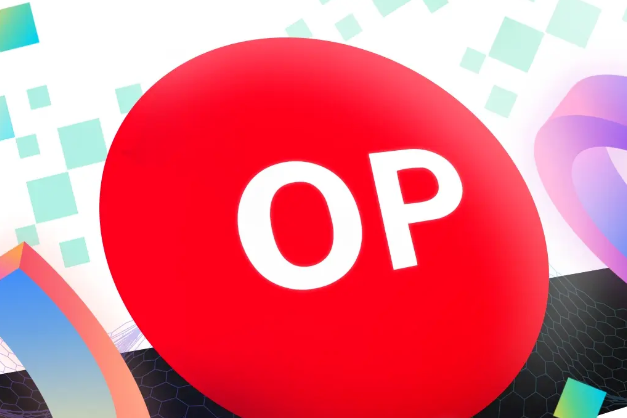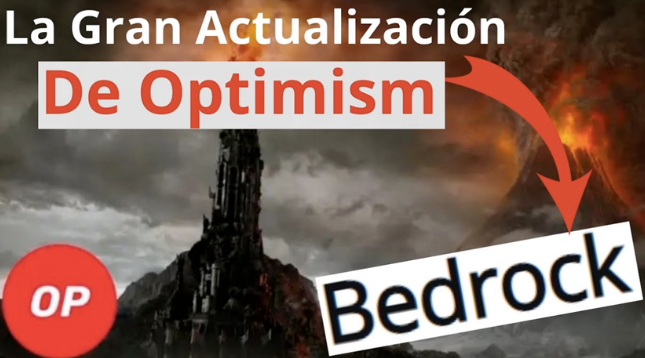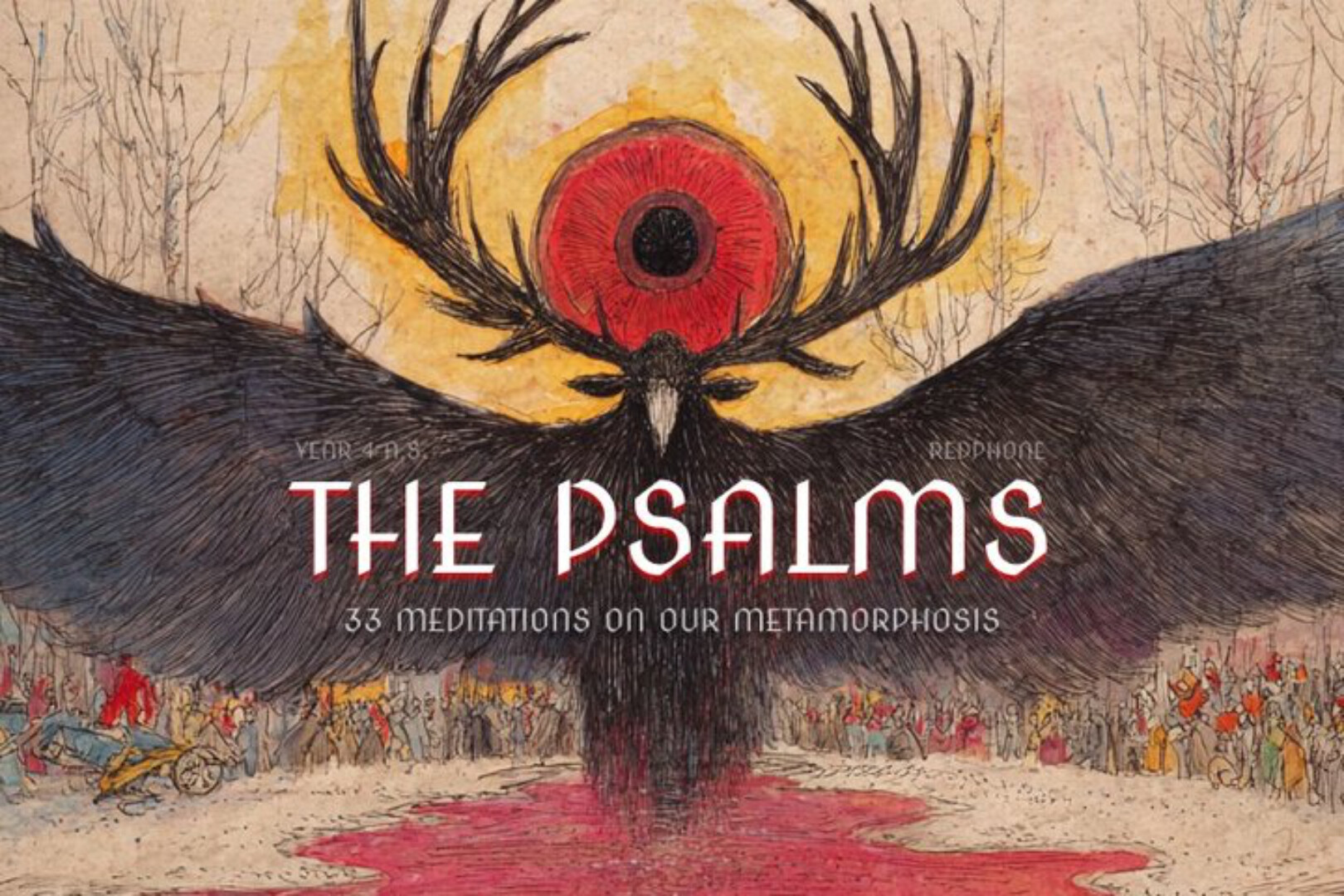From the 2023 plan to see whether Optimism can win the Layer 2 battle
Original Author: Daniel Li

The Optimism token OP, a Layer 2 star project, has experienced a sharp increase in the past week. Compared with the lowest point of 0.98 $, it rose to 1.39 $ at the highest point, an increase of more than 40%. Tokens, but most of these tokens are meme coins, mostly institutional solicitation, lacking long-term investment value. As a token with long-term investment value, OP has surpassed most blue-chip coins. The main reason why OP is optimistic is the amazing performance of the Optimism project team in the past year and the positive expectations brought about by Optimism’s upcoming mainnet Bedrock upgrade in 2023.
first level title
2022 will be an extremely turbulent year for the encryption industry. The thunder of numerous star projects and the sharp drop in investment in the environment of the encryption bear market have plunged the development of the entire encryption industry into a haze, but in this haze there are still some Eye-catching projects, they grow against the trend, relying on innovation in the field of technology and the establishment of ecological scenarios to drive the continuous development of the entire encryption industry. As one of the many eye-catching projects, Optimism's performance in the past 2022 is also amazing.
secondary title
Optimism Collective Pioneers New Model of Digital Democratic Governance
The most significant innovation for Optimism in 2022 is undoubtedly the proposal of a digital democratic governance model in the encryption industry, and the first large-scale experiment in digital democratic governance. As early as early April 2022, Optimism launched the Optimism Collective. The Optimism Collective is a team composed of communities, companies and citizens, which aims to promote the rapid and sustainable development of the decentralized ecosystem. The team is temporarily managed by the Optimism Foundation manage.

In the past, traditional "on-chain governance" mostly adopted two models. The first model is one coin, one vote (with Ve or currency age); the second model is one person, one vote (public chain BFT nodes or some PFPs). Based on the first two models, Optimism innovatively proposed a third model, which is Optimism Collective, which combines the first two models and is jointly managed by Token House and Citizens' House.
Citizens' House focuses on distributing funds for retroactive public goods, with funds collected from the network's profits. Citizenship is granted by non-transferable tokens and will be distributed to more and more citizens over time. This ensures that Optimism is represented by a broad range of ecosystem participants (rather than just token holders) and that governance is not driven by a plutocratic system. Under the one-person-one-vote model, the rights of users do not lie in their economic ability, but in their identity. The existence of Citizens' House is equal to that of Token House, and the two jointly make decisions for the collective.
secondary title
OP tokens help Optimism scale leap
The issuance of the Optimism token OP is undoubtedly the largest airdrop event in the crypto industry in 2022. On June 1st, when the OP token was issued, its currency price achieved a 40% increase. In addition, the OP token also drove Optimism to achieve quantitative growth in multiple fields such as cross-chain bridge TVL, ecological TVL, and number of unique addresses. transition.
In the past week, the OP currency has increased by more than 40%. According to the third-party data, the OP currency price is currently 1.35 $, the market value ranks 79th in the world, and the popularity ranks 19th. The potential of OP as the governance token of Optimism is being favored by more investors.
first level title
As the leader of the layer 2 track, Optimism has been trying to keep itself at the forefront of the rollup architecture. So even though Optimism has achieved impressive results in the past 2022, Optimism still maintains its enthusiasm for technological innovation and ecological development. In the new year of 2023, Optimism will continue to bring us more surprises .

secondary title
Bedrock will be the cheapest, fastest and most advanced rollup architecture
Bedrock is the next major release of the Optimism Network, scheduled for release in Q1 2023. Then the ecology on Optimism will also migrate to “Bedrock”. The direct benefit of the upgrade is that the deposit time from L1 to L2 can be shortened by 4 times, the cost of data submission to L1 can be reduced by about 20%, etc. Bedrock's goal is to build the best aggregation architecture so far.
According to Optimism’s official disclosure, the upcoming Bedrock will be close to the theoretical optimal state in all aspects—the best transaction fee, the best point of difference, the best network, and the best block production. What makes Bedrock so advanced is its modularity and simplicity, and its design philosophy is to turn Ethereum's existing code into Rollup code. After implementing this transformation, the client-side difference is only 500 lines of code.
In addition, Bedrock has also configured a new L2 derivative pipeline, which is also the only rollup infrastructure that can save gas costs to the greatest extent in the process of sending transaction data to the Ethereum network. At the same time, Bedrock is also the only rollup that uses the Ethereum Engine API as a separate consensus client or execution client. After the Ethereum expansion plan EIP-4844 (proto-danksharding) is launched, Optimism can be seamlessly integrated with data blobs, greatly reducing gas fees. These advantages of Bedrock in the future will help Optimism become the first truly decentralized and EVM-based Rollup.
What changes will Bedrock bring:
Theoretically optimal call data submission, beyond compression, to provide users with the cheapest deal possible on any aggregate (ever).
The consensus/execution client separation, following in the footsteps of Ethereum, enables Optimism to seamlessly integrate cost-minimized EIP-4844.
Micro-client differences, opening the door to alternative client implementations and providing an additional level of security for Optimism users.
Fast peer-to-peer networking, including support for Snap Sync, which makes running an Optimism node easier than ever and lays the foundation for decentralized ordering (although this won't come with Bedrock, but is expected soon after mainnet will appear soon).
Smarter synchronization, ordering, and state commits to ensure Optimism can survive all Ethereum network conditions.
secondary title
RetroPGF An Experimental Mechanism to Fund Positive Impact
Optimism Collective's second retrospective public product financing (RetroPGF) will take place in Q1 2023. At that time, RetroPGF 2 will allocate 10 million OP tokens to fund public products that support the development and use of OP Stack. Optimism will also introduce a first-generation "Citizens' House" to manage the distribution of funds.
Anyone can nominate projects or individuals for funding on the Optimism Governance Forum between January 3-17, 2023. In order to be eligible for funding, nominated projects or individuals must complete a project brief in the Gitcoin Grants Hub between January 3-24. RetroPGF 2 badge holders will vote on how funds are allocated for the project.
RetroPGF is Optimism's process of funding public goods for the benefit of collectives and other groups, and it is a continuous experiment. Optimism ran the first round of RetroPGF back in 2021. Community members voted to allocate $1 million among 58 open source software projects. This is the second funding round of RetroPGF, which will be held in early 2023. This round will focus on supporting OP Stack development and public product areas, which are mainly divided into three categories:
Infrastructure + Dependencies: Software used to build or deploy the OP Stack; contributions to the protocols or standards upon which the OP Stack operates; experiments to support future development of the core OP Stack protocol.
Tools + Utilities: Work to help builders create applications on the Optimism mainnet, build on the OP Stack, interact with the Collective's governance, or use applications built on Optimism.
For a long time in the field of public products, based on the public welfare and free nature of products, the contributors of public products often cannot obtain enough profits to support themselves to continue to create new public products, which is very detrimental to the construction of the entire ecological community. Optimism believes that public goods help create a high-quality community, and as contributors to public goods, they should enjoy the results. For this reason, Optimism has long been committed to funding public goods. RetroPGF is an iterative process to achieve this goal.
first level title
Over the past three months, transaction volumes on the layer 2 network have continued to increase. In contrast, transaction volume on the ethereum network has dropped by about 33 percent, barring a few spikes, since entering October, with ethereum processing more than 1.06 million transactions on Jan. 10, according to Dune Analytics. transactions, while the layer 2 projects, Arbitrum and Optimism alone, processed more than 1.12 million transactions in total. In terms of single-day transaction volume, the layer 2 network has surpassed the Ethereum network. With the rise of more and more layer 2 star projects, layer 2 projects with high throughput and low rates are slowly winning the favor of the market, and more and more users are starting to use the L2 network, so in many layer 2 Can the OP win the final victory in the project?

Optimistic VS Arbitrum
secondary title
Both Arbitrum and Optimism are Optimistic Rollup expansion solutions. The differences in the technical field between the two are very subtle and difficult for ordinary users to notice, but there are obvious gaps in the ecosystem and community scale.
Arbitrum remains the overall layer 2 market leader in terms of Total Value Locked (TVL), with around $2.34 billion in collateral and a 52.5% market share. And Optimism ranked second, with a TVL of $1.28 billion and a market share of 28.6%. Arbitrum is nearly twice that of Optimism, and there is a huge gap between the two. In terms of ecosystems, the dapp ecosystems on Arbitrum and Optimism have both grown considerably since their mainnet launches. Arbitrum's ecostatistics website lists over 280 projects, while Optimism's ecostatistics website has over 200 projects listed.
Both Optimism and Arbitrum have their own advantages, and Arbitrum's aggregated architecture is superior to Optimism in terms of security and longevity due to its superior fraud prevention mechanism and proprietary VM. Optimism, on the other hand, puts more emphasis on protocol decentralization and governance. It is superior to Arbitrum in terms of DAO governance and incentives. Objectively, no one has an absolute advantage. In the future, which of the two will eventually win may only be left to the market to make a decision.
Optimistic VS ZK-sync
secondary title
Optimistic VS ZK-sync is essentially a competition between two different modes. Optimistic represents Optimistic rollup, while ZK-sync represents ZK rollups. Unlike Optimistic rollups, which use a dispute resolution process to secure transactions, ZK rollups use zero-knowledge mathematical proofs for transaction verification. Some of the main differences between them are as follows:
1. In terms of fund withdrawal time, the fund withdrawal period of Optimistic Rollups is longer;
2. Optimistic rollups are less computationally complex, resulting in lower hardware requirements for second-tier nodes.
Compared with Optimism, there is a big gap between ZK-sync and Optimism in terms of total locked positions, daily trading volume, and user scale. However, ZK-sync is stronger than Optimism in theory and technology, which is its advantage but also limits its rapid development, because the theory of ZK-sync is too advanced, which makes its development difficult, such as the official ZKEVM circuit of the Ethereum Foundation There are more than 30,000 lines of code. According to the original words of V God-requires "very long development and continuous testing", "it will not be possible to fully rely on the security brought by the ZK system within a few years". Therefore, Optimism will still maintain a huge advantage over ZK-sync in the foreseeable next few years. As for whether ZK-sync can surpass Optimism in the future, the answer may not be known until ZKEVM is truly mature.
Summarize
Summarize



